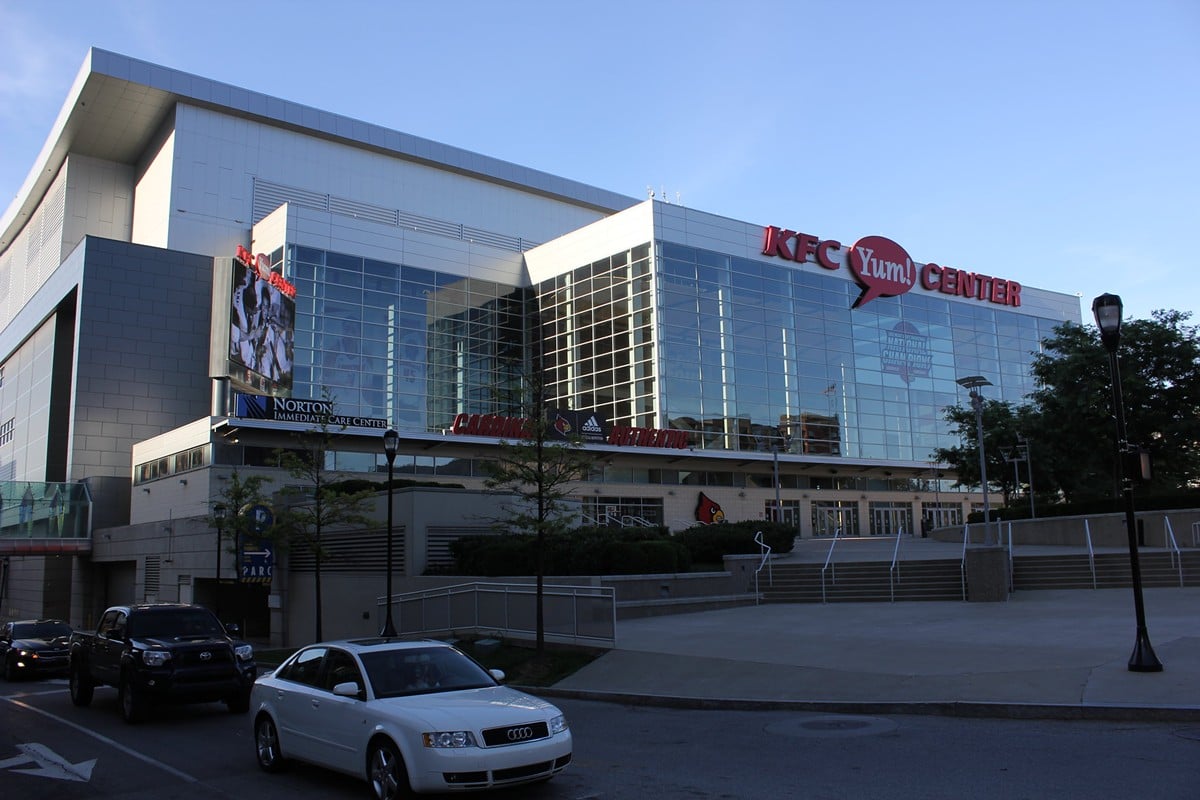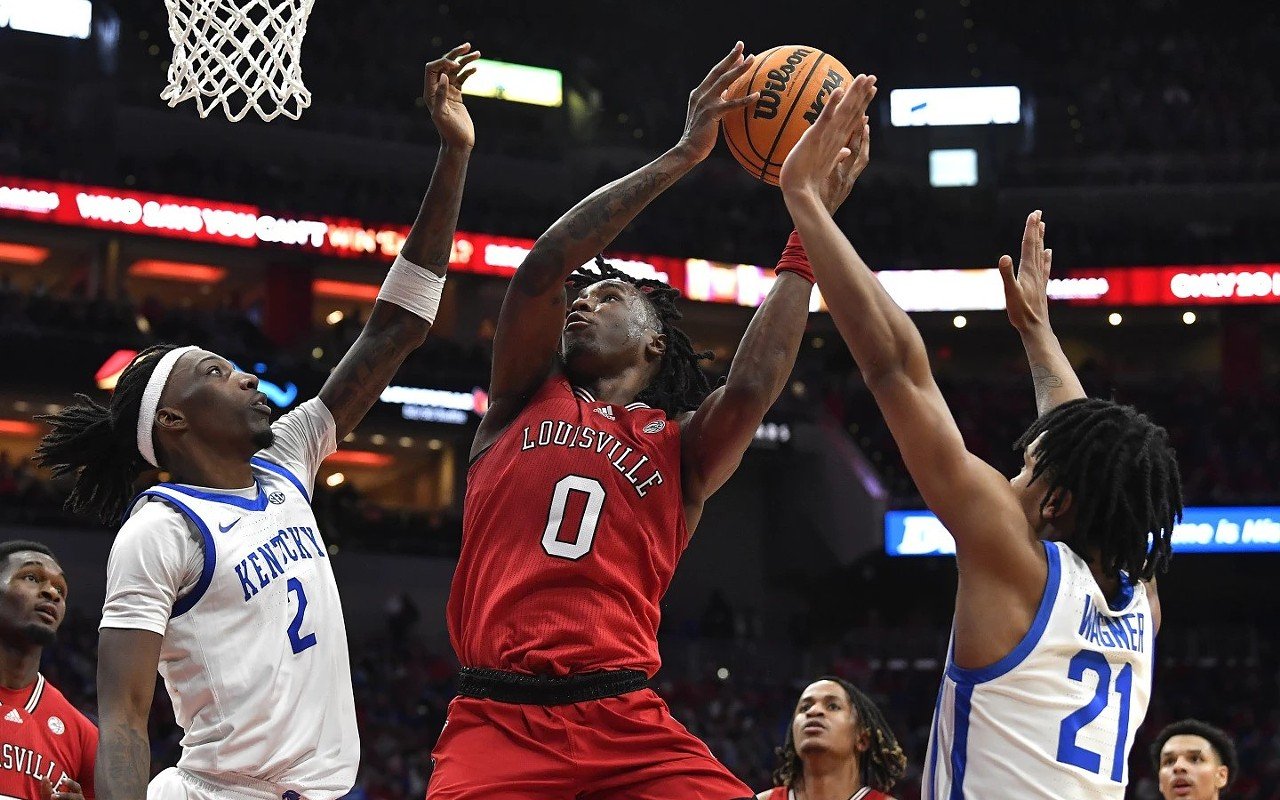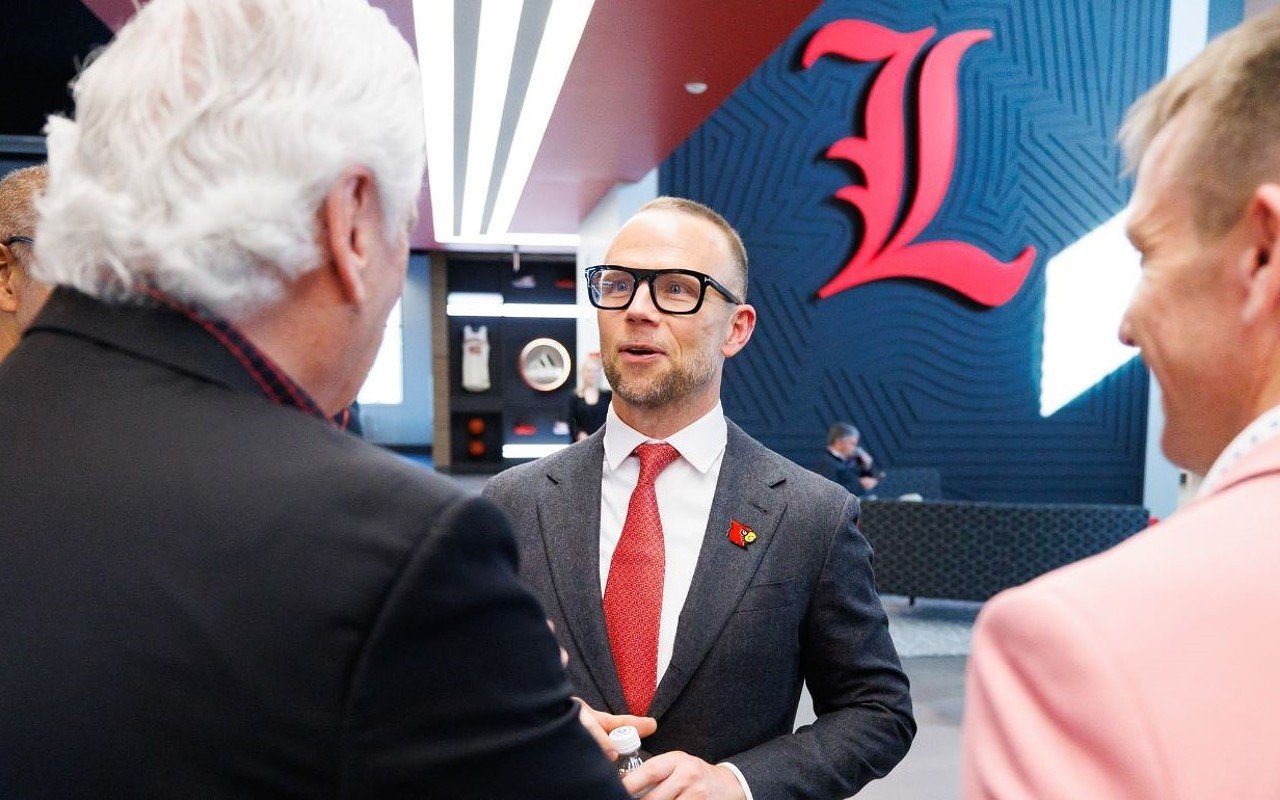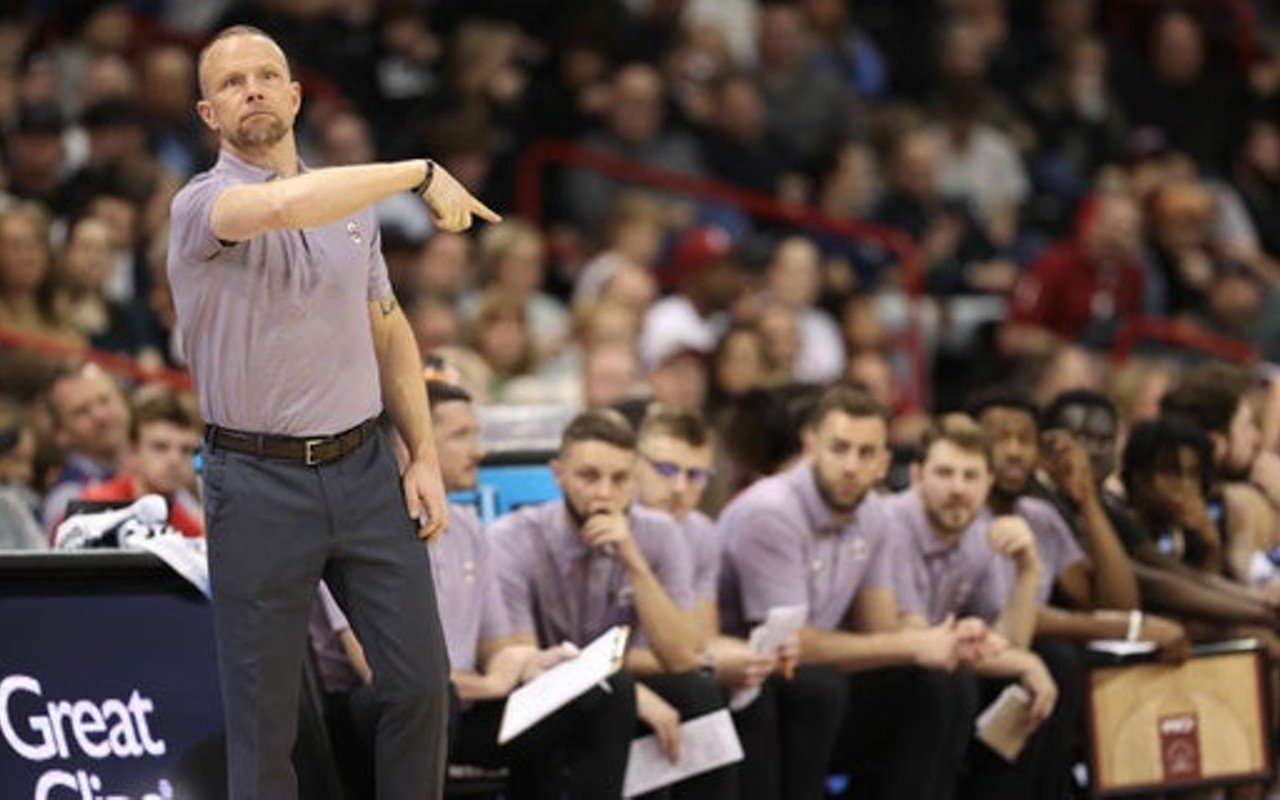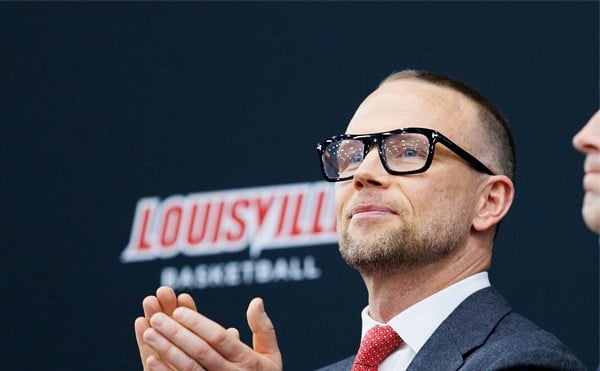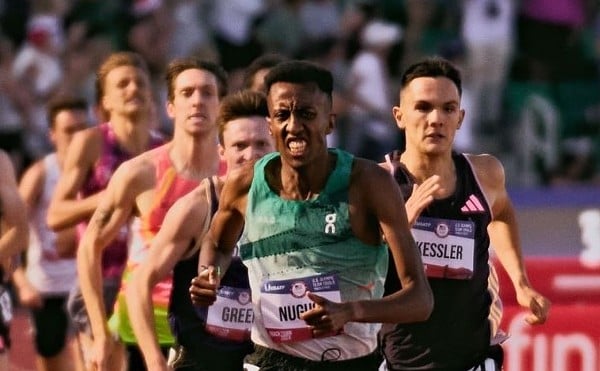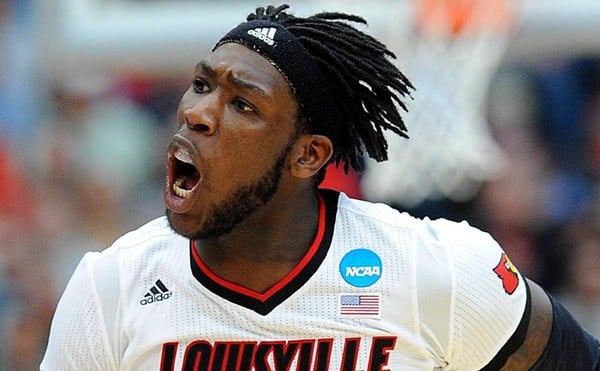The belt-tightening has begun at the University of Louisville. Though Judge Claudia Wilken may be months away from ruling on the proposed settlement in House v. NCAA – the case that will enable college athletes to be compensated directly, and in cash – U of L athletic director Josh Heird has already done some pre-emptive pruning.
When sports information director Zach Greenwell left for LSU last month, Heird decided to leave his position unfilled. Anticipating future budgets that will likely include $20 million or more in annual payments to athletes – calculated as 22% of the average Power 5 school’s media rights, ticket sales and sponsorships -- Heird has started to thin his herd.
“I think we’re definitely shifting to an attitude of what is needed in college athletics as opposed to what is wanted,” Heird said. “If our marketing department has eight staff members, do we need eight staff members? If our senior leadership team has 10 people on it, do we need 10? That’s a scary proposition for people to think about.”
Reductions in force are never fun, but Heird knows attrition is a lot less painful than are layoffs, particularly if you start scaling back long before the bills come due. If departing employees are not replaced, and their workload is redistributed on a smaller staff, that’s less than ideal but one of the predictable consequences of the changes coming to campus sports. As the last vestiges of amateurism vanish from college athletics, so should many of the inefficiencies and excesses of its business model. Henceforth, we will likely see a more disciplined approach, consistent with an enterprise suddenly obliged to budget payroll for thousands of heretofore unsalaried athletes.
Technically, the proposed settlement permits but does not require revenue sharing with athletes, but any school that fails to provide those payments is sure to suffer competitively as a consequence. You don’t have to follow the money very far to find the footprints of athletes seeking better deals.
Frankly, this reckoning is long overdue. That college athletes deserve a piece of the multi-billion-dollar pie they have made possible is no longer a subject of vigorous debate, but broad consensus and courtroom confirmation. And as revenues have exploded in college athletics, universities have proven themselves to be poor stewards of their windfalls. They have engaged in an increasingly costly and unbecoming athletic arms race, paying coaches as if they were running Fortune 500 companies, building ever more lavish practice facilities to impress recruits, abandoning long-standing conference affiliations to chase television dollars across multiple time zones, revealing priorities that are counterproductive to collegiality and, arguably, to higher education.
Tell me again how athletes at the University of Washington are better served to be taking road trips to Maryland and Rutgers instead of, say, Oregon State? Tell me again how student welfare has ever been a consideration in conference realignment?
Happily, the proposed House v. NCAA settlement figures to restore some balance to a system that has long been tilted toward coaches and administrators. It would, for example, eliminate the unseemly scholarship limits that have placed baseball coaches such as Louisville’s Dan McDonnell in the awkward position of drawing seven-figure salaries while being compelled to split 11.7 scholarships among more than 30 players. That doesn’t mean college athletes can all count on receiving full rides – look for roster limits to be reduced in many sports in the name of economy, even in football – but removing the scholarship cap should promote competition by removing artificial constraints on opportunities and permitting the ambitious to devote more resources to rewarding students.
Moreover, the proposed settlement includes ample motivation on that score. Among its provisions is that schools can reduce their obligations by up to $2.5 million by adding scholarships.
To his credit, Heird stands committed to preserving all 23 of Louisville’s varsity sports, this despite the assessment of former Big 12 Commissioner Chuck Neinas, who told the Denver Post, “I think most everybody is of the opinion that the number of sports sponsored by institutions will be downgraded.” If he is to avoid slashing entire teams, Heird will have to reduce employee head count, trim expenses and shelve plans for any new capital projects. (That indoor baseball facility announced in 2021 for Jim Patterson Stadium has been postponed indefinitely, if not permanently.)
U of L fans can expect to contribute through higher prices.
“We need to be benchmarking against professional teams as opposed to college teams,” Heird said. “What’s it cost to go to a Colts game, a Bengals game, a Titans game? That’s going to be the balance of trying to make sure our fans feel they are getting value for what they’re paying for while at the same time maximizing the amount of money we can raise.”
According to Statista.com, the average ticket for Tennessee Titans home games last season cost $107.37, with the Indianapolis Colts ($107) and Cincinnati Bengals ($101.78) not far behind. Since Cardinal fans are already paying comparable or higher prices for better seats at L&N Stadium, it’s unclear how much deeper they will be asked to dig.
But there is not another $20 million stashed in Heird’s couch cushions, much less a renewable source of new dollars. Nor is there a U of L donor known to write checks with as many zeroes as Phil Knight has for the University of Oregon or Joe Craft has for the University of Kentucky. And according to its fiscal year 2023 financial statement for athletics, U of L is serving $97.5 million in athletics-related debt, which projects as a $12.5 million bite in fiscal year 2025.
“We have to totally rethink how we do things,” Heird said. “And that’s not, ‘Hey, we found a cheaper flight.’ Operationally, fundamentally, how do we do things differently?”
The belt-tightening has begun, but its end is not yet in sight.

